नीलाचलनिवासाय नित्याय परमात्मने बलभद्रसुभद्राभ्यां जगन्नाथाय ते नमः
I offer my salutations to Lord Jagannatha, who resides in Nilachala (Puri), who is eternal and supreme, and who is accompanied by Balabhadra and Subhadra.
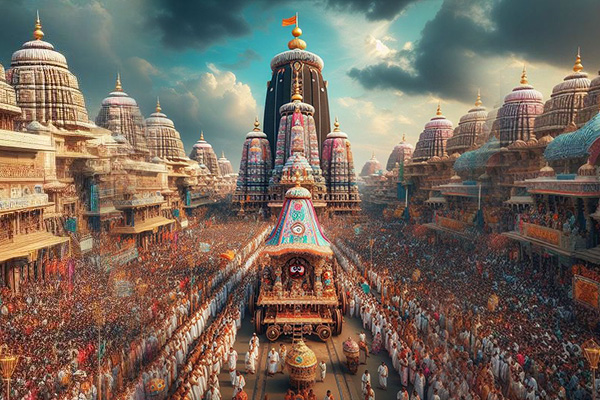
Jagannath Rath Yatra festival falls on Thursday, July 16, 2026 . It is one of the largest and most-celebrated festivals in India, taking place at the renowned Jagannatha Temple in Puri, Odisha, where millions of devotees arrive to take darshan of Lord Jagannatha. The festival date is determined according to the Hindu Lunar Calendar. It generally falls on Dwitiya Tithi during Shukla Paksha of the Ashada month (June-July).
When is Jagannath Rath Yatra in 2026: Date, Time and Tithi
Ratha Yatra on Thursday, July 16, 2026
Dwitiya Tithi Begins - 11:50 AM on Jul 15, 2026
Dwitiya Tithi Ends - 08:52 AM on Jul 16, 2026
What is Rath Yatra Festival? Rath Yatra Meaning
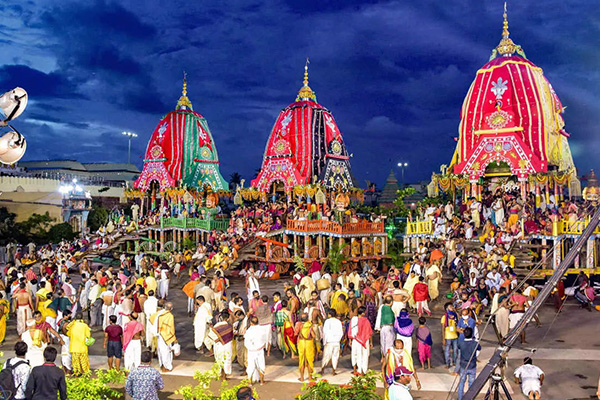
The Rath Yatra festival, also known as the Chariot Festival, is a vibrant and deeply significant Hindu celebration observed primarily in the city of Puri, Odisha, India. It commemorates the annual journey of Lord Jagannath, along with his siblings Balabhadra and Subhadra, from their abode in the Jagannath Temple to the Gundicha Temple, approximately 2 kilometers away.
During Rath Yatra, the idols of the deities are placed on ornately decorated chariots, which are then pulled by thousands of devotees through the streets of Puri. This act of pulling the chariots, known as 'chariot procession,' is considered an act of profound devotion, as devotees believe that by participating, they cleanse themselves of sins and draw closer to the divine.
Meaning of Jagannath Rath Yatra
Lord Jagannatha , an incarnation of Lord Vishnu, is revered by the Vaishnavas (followers of the Vaishnava sect). The word Jagannatha means Lord (Natha) of the Universe (Jaga). He is worshipped along with His brother Balabhadra and His sister Devi Subhadra. The reason why the Jagannatha temple is visited by millions of devotees is because it is located in Puri, one of the four Hindu pilgrimages called Chara Dhama. It is said that followers of Hinduism must visit these four pilgrimages once in a lifetime to wash off all their sins and attain ‘mukti’ (liberation) from the pangs of the material world.
-of-Jagannath-Rath-Yatra.jpg)
The Jagannath Rath Yatra is an annual Hindu festival celebrated to honor the journey of Lord Jagannath, along with his siblings Lord Balabhadra and Goddess Subhadra, from their home temple in Puri, Odisha to their aunt's temple in Gundicha, located about three kilometers away. Legend has it that Goddess Subhadra once expressed her desire to visit her aunt's place in Gundicha. In response, Lord Jagannath and Lord Balabhadra decided to fulfill her wish by accompanying her on a chariot ride. This event is commemorated every year by taking the deities on a similar journey during the Rath Yatra.
During the Jagannath Rath Yatra, the idols of Lord Krishna, Lord Balabhadra, and Subhadra are transported from the Jagannath Temple to the Gundicha Temple, where they are placed in chariots which are beautifully made from wood. Before the procession begins, priests perform the Snana Purnima ritual, where the idols are washed with water using 108 buckets. After this, the idols remain secluded until the day of the parade, known as Ansara. During the Chera Pahara ceremony, the royal successor of Odisha personally transports the deities and places them on the chariots. Later, the deities are brought back to the main temple in a return procession called ‘Bahuda Jatra’.
The Jagannath Rath Yatra is a strong symbol of unity and togetherness, crossing religious boundaries. People from different backgrounds and faiths join hands in celebration, pulling the chariots with shared enthusiasm. This festival brings together diverse communities, promoting unity and peace. It's important to note that in ancient times, not everyone could enter the temple, making the festival's inclusivity even more significant.
Additionally, the historical importance of the Jagannath Temple, its connections with various rulers, and the Rath Yatra's role in promoting communal harmony highlight its lasting significance in today's society
History of Jagannath Puri Rath Yatra
The Rath Yatra, or chariot festival, has been celebrated in Puri for centuries and is deeply rooted in the region's cultural and religious heritage. It is believed to have originated in the 12th century during the reign of King Anantavarman Chodaganga Deva. The festival gained prominence under the rule of King Ananga Bhima Deva III and was further institutionalized by King Purushottama Deva in the 15th century.
The Rath Yatra not only celebrates the divine journey of Lord Jagannath but also reflects the historical significance of the temple as a center of pilgrimage and devotion. It has played a pivotal role in promoting communal harmony and cultural unity among people of different faiths and backgrounds.
Throughout history, Jagannath Rath Yatra has witnessed the patronage of various rulers and dynasties, who contributed to its grandeur and splendor. Today, the festival continues to attract millions of devotees and tourists from across the globe, reaffirming its enduring legacy and relevance in contemporary society.
Meaning Of Jagannath
The name of Lord Jagannath (Sanskrit) is formed from two separate words: 'Jagat' or 'Jagan', meaning Universe, and 'Nath', which means Lord or Master. Combined, it means 'Lord of the Universe'. In the Odia language, names like 'Jagadbandhu', which means Friend of the Universe, and 'Jaga' are derived from the name 'Jagannath'. Additionally, the iconography of Lord Jagannath has produced popular names by which He is referred to, such as:
- Chakaakhi or Chakanayana, meaning “With round eyes”
- Kalya, meaning “the Black-colored Lord”
- Darubrahman, meaning “The Sacred Wood-Riddle”
- Sarvabhishta-pradayin, meaning “One who fulfills desires”
- Daruedebata, meaning “The Wooden God”
- Chakadola, meaning “With Round Pupils”
Dina Krishna Joshi has suggested that the name 'Jagannath' comes from the word 'Kittung', which is from the tribe Savaras or Sora people. He proposes this theory because he believes that people from the Vedic times settled in tribal areas and adapted the tribal language to create the name 'Jagannath'. However, this theory is contradicted by O. M. Starza, who argues that 'Kittung' does not phonetically match the word 'Jagannath'.
History And Origin of Lord Jagannath
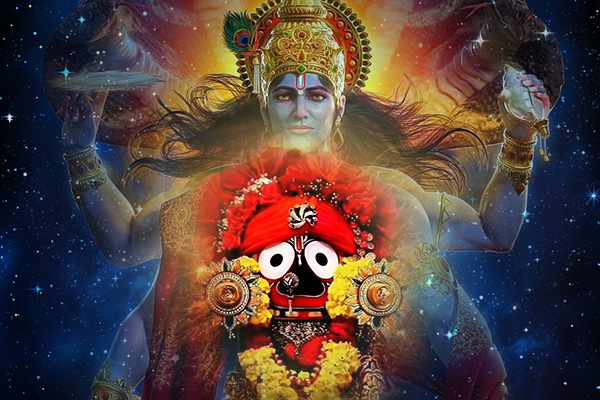
Lord Jagannath is an incarnation of Lord Vishnu or Lord Krishna. The explanation of why Jagannath's idol is made from wood, referred to locally as the Daru Brahma, is stated in the Puranas. It is believed that because Lord Vishnu's avatar, Lord Narasimha, appeared from a wooden pillar, the wooden murti of Jagannath is also made from wood. Additionally, He is worshipped with Narasimha hymns. Another avatar of Lord Vishnu, Vamana, is celebrated in Jagannath during the Bhadra (August-September) month. It is said that Tulsidas, who worshipped Lord Rama, visited Puri and worshipped Jagannath as Rama.
Lord Jagannath is worshipped and revered by the Tantric sect because His icon contains geometric patterns, mandalas, and suits the Tantric concept of worship. The Shaivites and Shaktas consider Him Bhairava, which is Lord Shiva, and He is supposed to be the consort of Goddess Vimala. The Jagannath temple in Puri has priests from the Shakta sect as well. Sage Markandeya stated in the Markandeya Purana that Lord Shiva and Jagannath are one and the same.
In Vedic Literatures

The Rig Veda has a hymn that refers to a wooden log, or 'Daru,' floating as 'apurusham' in the ocean. The Sanskrit scholar of the Vijayanagara Empire, Acharya Sayana, explained the word 'apurusham' as 'Purushottam,' and the wooden log, Daru, served as the creative idea for Lord Jagannath. With this theory in mind, Acharya Sayana infers that Lord Jagannath originated in the 2nd millennium BCE.
In Buddhism:
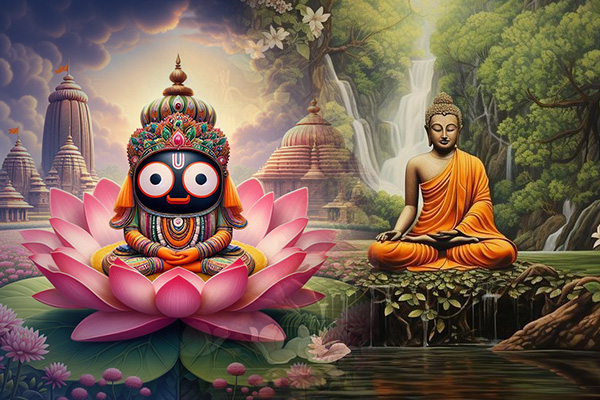
There is some evidence that has given rise to the hypothesis that Lord Jagannath has Buddhist origins. For example, it is said that there is a relic in the Lord Jagannath idol that includes a tooth of Lord Buddha. Though it is a popular tradition in Theravada Buddhist shrines to store relics, such as a tooth or bone of dead saints, this has not been proven as the relic at Jagannath remains uninvestigated. This suggestion is not widely accepted, as Jainism and some tribal religions also have traditions of preserving relics of the dead.
The Jagannath temple's stupa-like structure, the similarity of the Chakra placed on top of the temple spire to the Dharmachakra of the Buddhists, and the famous Jagannath Rath Yatra procession are also circumstantial evidence connecting the Lord Jagannath shrine to Buddhist origins. Mahayana Buddhism has a traditional procession similar to the Jagannath Rath Yatra procession, as described by Faxian, a Chinese pilgrim who visited India in ancient times. Additionally, the season when Jagannath Rath Yatra is celebrated is approximately the same time when processions traditionally welcomed Buddhist monks for their annual monsoon break.
Another piece of evidence is that just like Buddhism, which never believed in the caste system and embraced all religions and castes, the Lord Jagannath shrine shows no bias towards any Hindu caste or sect.
In Jainism:
The assumption that Lord Jagannath of Puri may have Jain origins is supported by suggestions made by Pandit Nilakantha Das. According to Jainism, Jagannath means 'World personified' and comes from the Jain term Jinanath. Also, the term 'Nath' is used for Jain Tirthankaras.
Because there are twenty-two (22) steps leading to Lord Jagannath's temple, it is considered a symbolic representation of the twenty-two (22) Jain Tirthankaras. The Jain Hathigumpha inscriptions mention that on the Kumara Hill of the Khandagiri-Udayagiri region, the practice of worshipping some relic existed. The location indicated coincides with the location of the Jagannath temple. Annirudh Das infers that the original idol of Jagannath was 'Jina' of Jainism and that Mahapada Nanda shifted Jina from Kalinga to Magadha. Starza writes that the restoration of the Jagannath temple by the Jains is mentioned in Jain texts but isn't validated with other information. Evidence of Jain images in and near the Jagannath temple complex suggests a Jain origin for the Jagannath deity, though they may have been added later. Lack of concrete evidence to support the theory of the Jain origin of Jagannath means nothing is established to prove this theory, says Starza.
In Vaishnavism:
The theory of Vaishnava origin is based on the iconography of Jagannath, which coincides with the fact that Vaishnavas traditionally worship the black-colored idol of Lord Krishna and Balarama as a white-colored deity. A third member of the triad at the Jagannath Shrine is Goddess Subhadra or Goddess Lakshmi, representing the divine feminine according to Vaishnavism. The Goddess was originally called Ekanamsa, who is said to be the foster sister of Lord Krishna.
Tribal Origins:
The tribal origins of Jagannath are connected to the characteristic of the Jagannath deity not having a human-like or animal-like form. The fact that the idol of Jagannath is carved from wood also indicates a tribal origin. According to ancient Hindu texts, idols or murtis of deities were to be designed in metal or stone; wood was never recommended. In the Jagannath shrine, the priests have incorporated the service of 'Daitas,' who are non-Brahmins and are supposed to have roots in the tribal tradition, as 'Daitas' were the ancient Sabara tribe, spelled as Soras. To this day, the Daitas are privileged to be the first to view the newly made Jagannath idol, which is replaced approximately every 12 years, and they also serve the first offerings to the Jagannath triad.
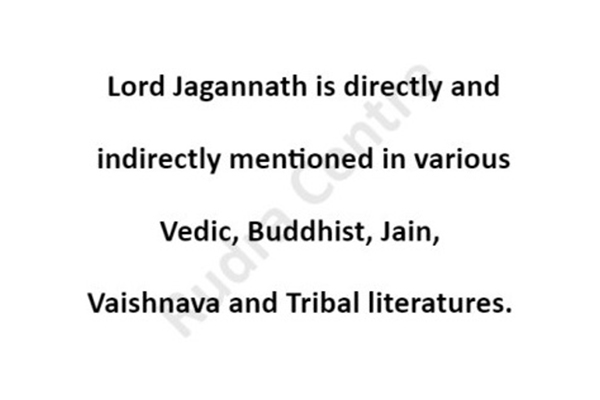
Some historians and scholars have noted that locals claim Jagannath is the tribal wooden deity 'Kittung,' who was later assimilated as Jagannath by the Brahmins. However, this theory is not widely accepted because Kittung was crafted from burnt wood and had entirely different specifications, so it cannot be Jagannath. Another theory involves the Anga Pen deity of a tribe from Central India, which has features very similar to the Jagannath icon but is a Kali deity and includes bird and snake elements, which negates this theory as well. Some scholars suggest that the tribal deities Stambhesveri or Kambhesvari may have influenced the Jagannath deity, but this is refuted because these deities were adopted by the tribals but originate from Shaiva deities.
Jagannath Rath Yatra Story (Information)
.jpg)
According to Vaishnava texts, the core nature of Lord Jagannath is mysterious. Though it is difficult to attain Him, the scriptures, which are His manifestations, mention that if a devotee takes two steps toward the Lord, the Lord takes four steps toward the devotee. Lord Jagannath is merciful, liberal, and accessible to anyone who wishes to develop love for Him.
Once upon a time, King Subal, a great devotee of the Lord, asked a sculptor to carve a form of Lord Krishna honoring the Lord’s appearance on His divine chariot at Kurukshetra when the Lord was joined by His brother Balarama and sister Subhadra. The sculptor agreed to fulfill the King’s wish but on the condition that he be allowed to work in his room alone, with no distractions or disturbances. The King consented.
---2.jpg)
As time passed, the King grew increasingly impatient, eager to see the Deity of the Lord. He wanted to offer obeisance to Him, for He is the Lord of the universe (Jagannatha). When he could no longer contain his impatience, he opened the room where the sculptor had been carving the deities. To his astonishment, he found the idols and a cloud of smoke, but the sculptor had disappeared in a flash.
However, the Deity forms of Jagannath, Balarama, and Subhadra were so captivating that the King almost forgot about the sculptor's sudden disappearance. The deities made by that sculptor are the ones we see at Puri during the Rath Yatra festival.
Rath Yatra Rituals: What Happens During The Yatra (Procession)?
The Rath Yatra mainly centers on Lord Jagannath's yearly visit to the Gundicha Mata temple. Many believe that Lord Jagannath, Balabhadra, and Subhadra spend a few days at the Gundicha Temple, which was built by the fabled King Indradyumna’s wife, Queen Gundicha, who offered unparalleled and matchless devotion to the Lord. About eighteen days before the Rath Yatra, Lord Jagannath, his brother Balabhadra, and his sister Devi Subhadra are offered a ceremonial Vedic bath known as Snana Yatra, observed on Purnima Tithi in the Jyeshtha month. Devotees engage in cleaning the Gundicha temple a day before the Rath Yatra in a ceremonious cleaning called Gundicha Marjana.
The deities of Jagannath, Balabhadra, and Subhadra are carried out in a procession by the devotees to the Gundicha temple, located 2 km away from the main temple of the Lord, where they spend nine days. Later, the deities are brought back to the main temple in a return procession called ‘Bahuda Jatra’.
Pulling The Rath (Chariot) of the Puri Rath Yatra
-Of-The-Lord.jpg)
Devotees have an intense desire to help pull the deities’ chariots. They believe that by pulling the chariots, they engage in pure devotion to the Lord, who destroys their sins committed knowingly or unknowingly. Lord Jagannatha's chariot is known as Nandighosa, standing forty-five feet high and forty-five feet square at the wheel level. With sixteen wheels, the chariot is ornamented with a cover made of red and yellow cloth. The chariot of Lord Balarama is known as Taladhwaja, standing forty-four feet high with fourteen wheels and bearing a palm tree on its flag. The chariot of Subhadra is regarded as Dwarpadalana, standing forty-three feet high with twelve wheels, and is ornamented with a cover of red and black cloth.
How Is Rath Yatra Celebrated?
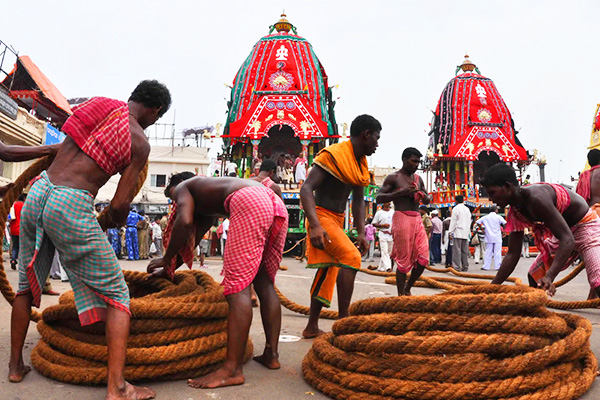
Rath Yatra, also known as the Chariot Festival, is celebrated with grand processions where the idols of Lord Jagannath, Balabhadra, and Subhadra are placed on elaborately decorated chariots and pulled by devotees through the streets of Puri, Odisha. The chariots are made up with colorful fabrics, flowers, and traditional motifs, creating a festive atmosphere. Devotees from all around the world participate in pulling the chariots, chanting hymns and prayers as they express their devotion to the deities. The festival is marked by joyous celebrations, music, dance, and feasting which makes it a vibrant and memorable event.
Why is Rath Yatra Celebrated?
Rath Yatra is celebrated to commemorate the annual journey of Lord Jagannath, along with his siblings Balabhadra and Subhadra, from the Jagannath Temple to the Gundicha Temple in Puri, Odisha. According to Hindu mythology, Lord Jagannath visits his aunt Gundicha during this time, and the festival symbolizes his journey to her abode. Rath Yatra is also believed to cleanse devotees of sins and bring them closer to the divine through their participation in the chariot procession. It is a time for spiritual renewal, devotion, and celebration of the Lord's grace and blessings.
Where is Rath Yatra Celebrated?
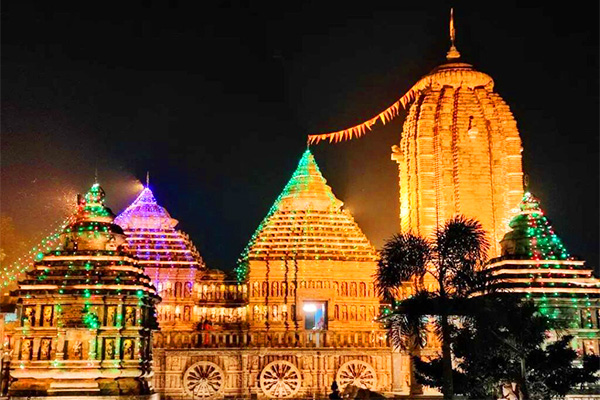
Rath Yatra is primarily celebrated in the city of Puri, located in the state of Odisha, India. The Jagannath Temple in Puri serves as the starting point of the procession, where the idols of Lord Jagannath, Balabhadra, and Subhadra are ritually placed on chariots. The procession then moves through the streets of Puri, culminating at the Gundicha Temple, where the deities stay for a period of nine days before returning to the Jagannath Temple in a return procession known as Bahuda Yatra. While Rath Yatra is most prominently observed in Puri, similar celebrations are also held in other parts of India and around the world by devotees of Lord Jagannath.
Rudraksha For Bhagwan Jagannath

Since Lord Jagannath is a divine form of Lord Vishnu, one should offer prayers to the Lord by being a part of the Yatra. As a devotee, you can help pull the chariots. If visiting the Ratha Yatra is not possible, one can simply chant on the Tulasi beads at home in the early morning and remember the Lord in mind. Also, you can wear a Nineteen Mukhi Rudraksha bead, which is ruled by Lord Narayana (Vishnu), along with a Seven Mukhi Rudraksha bead ruled by Goddess Lakshmi, wife of Lord Jagannatha, who visits Gundicha temple in search of Lord Jagannatha after four days of the Yatra. You can also wear a Ten Mukhi Rudraksha bead, as this Rudraksha bead is ruled by Lord Krishna (Vishnu). Remembering the Lord with these Rudraksha malas is as auspicious as praying to the Lord in temples. However, one should be a part of the Ratha Yatra and seek the blessings of the Lord by helping pull the carts.

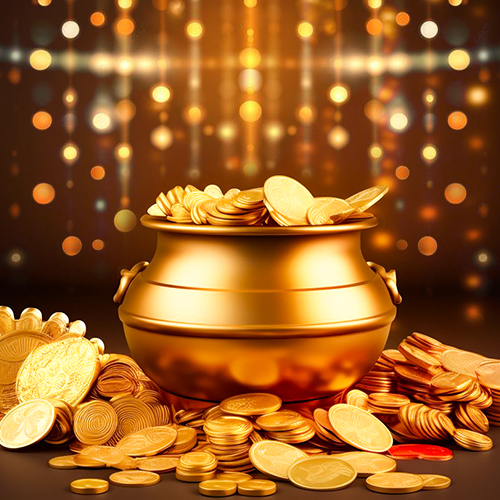
-in-Astrology.jpg)
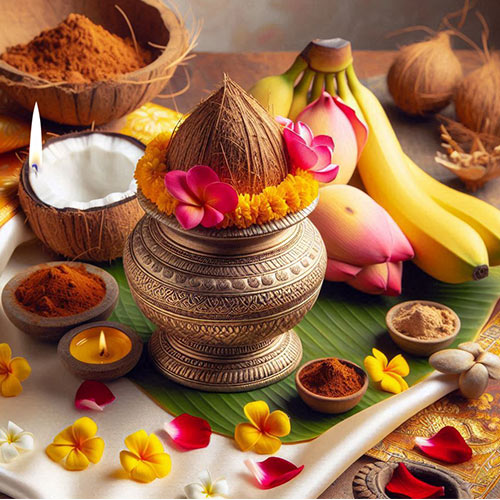
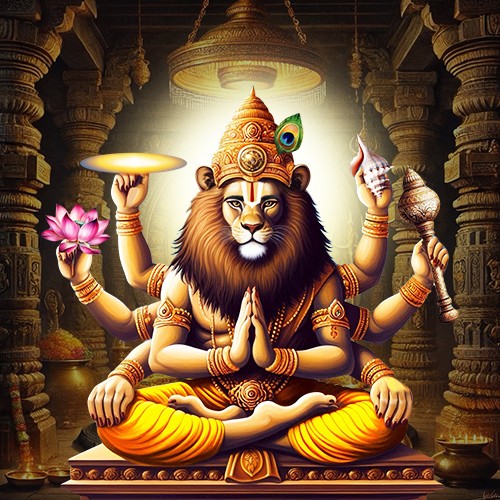
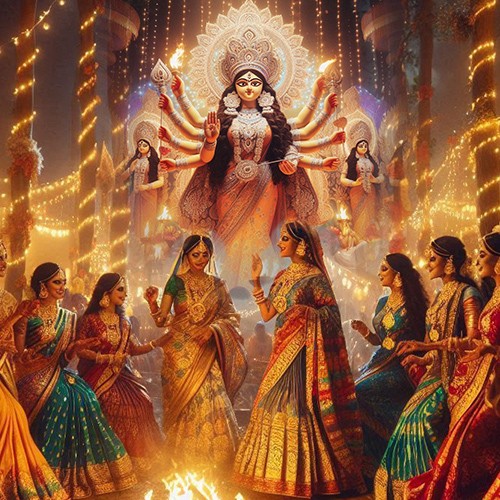
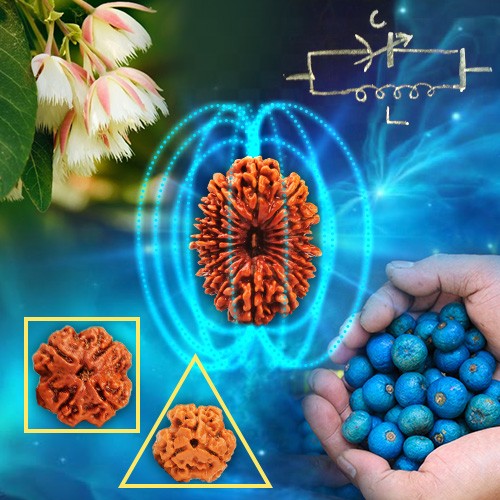

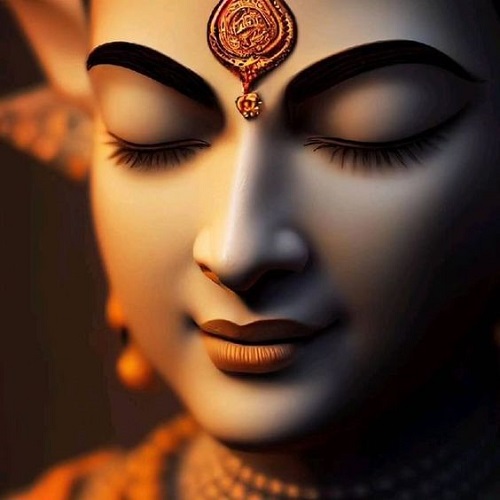
.jpg)
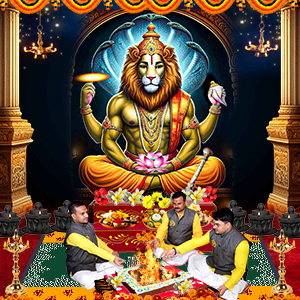
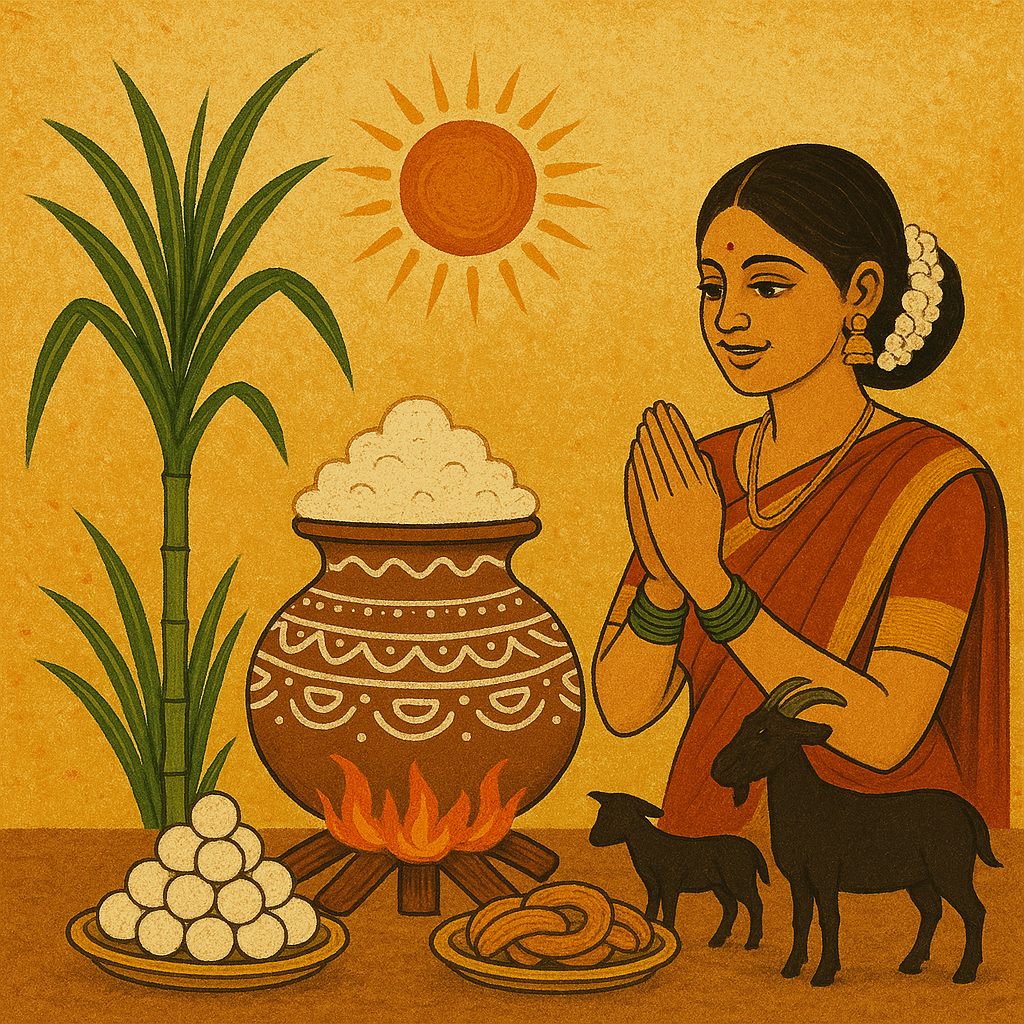
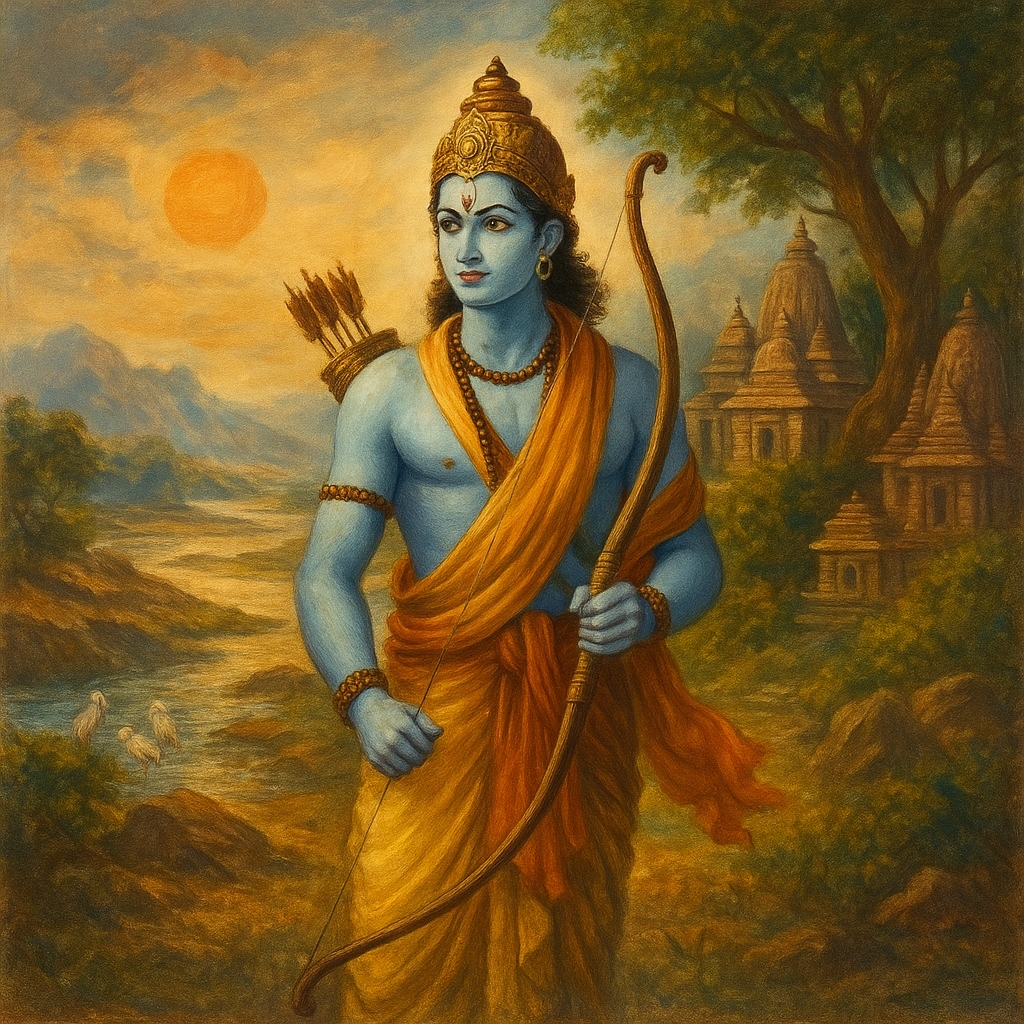
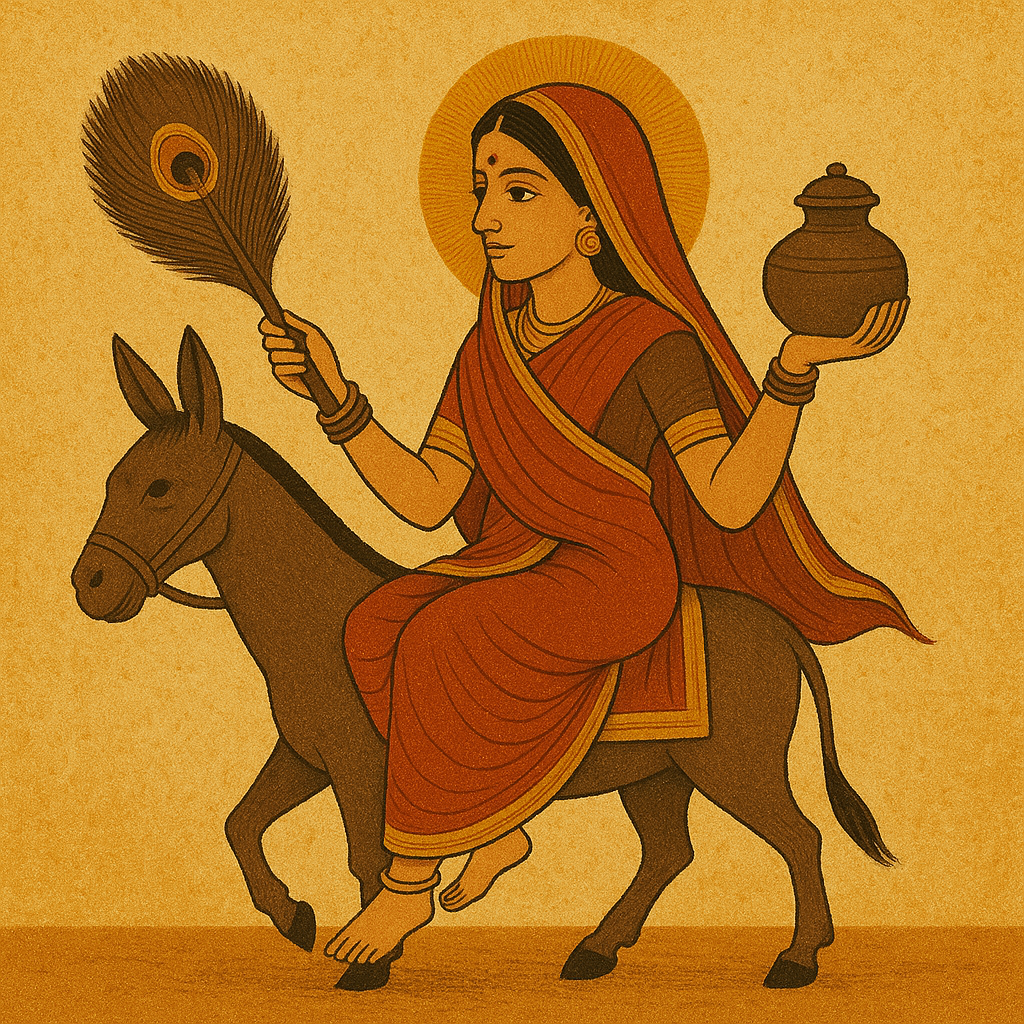
baktha Sabari rajan v
|July 6, 2024
I don’t have the money to pay for the Pooja, but I offer my sincere prayers to the Lord of the world Jai Jagannath 🙏